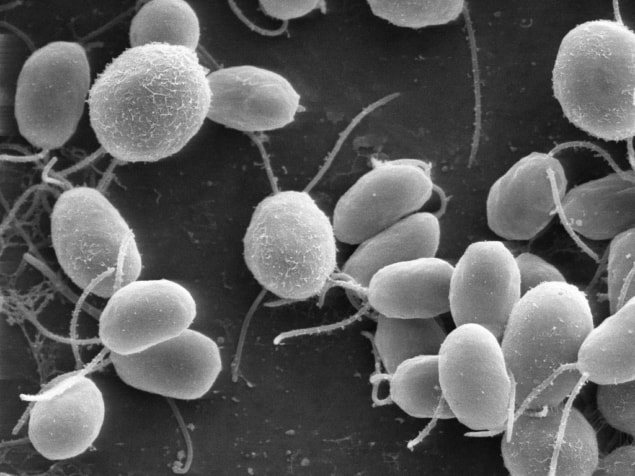
New research offers insight into the role of rotation in the self-assembly of living cells. The work is described in Soft Matter and was done by Linda Ravazzano at the University of Milan under the supervision of Stefano Zapperi and in collaboration with Caterina La Porta’s research group.
Computer simulations and experiments with algae provided the team with information about the jamming and unjamming of cells at high densities. This research could lead to a better understanding of the differences between healthy and cancerous cells in human tissue.
The self-assembly of cells into tissues sits firmly at the interface of physics and biology. Cells are complex biological systems that sense changes in their environment and communicate with other cells, but they can also exhibit self-organization that is driven purely by thermodynamics.
Out of equilibrium
The motion of a cell (its motility) requires a constant input of energy and therefore motile cells exist out of equilibrium. Such systems of motile elements belong to the category of active matter. Startling dynamic behaviours have been observed in active systems, including motility induced phase separation and accumulation at solid boundaries. Most active matter research focuses on self-propulsion, but collective dynamics are also observed in systems of self-rotating particles.
C. reinhardtii is a single celled alga with a light sensitive eyespot, which scans its environment by rotating as it swims. Ravazzano and colleagues investigated the extent to which the collective behaviour of the algae can be reproduced by computer simulations of rotating disks. They then showed in simulation that rotation can induce jamming–unjamming transitions at high volume fractions.
Self- assembly of active particles is generally observed at high densities where interactions between the particles become significant. However, algae tend to aggregate in response to stress and so may behave collectively in dilute suspensions. The addition of sodium chloride to the medium induces the algae to form rotating clusters. This was also observed in simulations of disks subject to active torque, but only in the presence of adhesion between the disks. This indicates the significance of the stress induced aggregation and the active torque in the motion of the algae.
Active torque and jamming
The jamming transition occurs when, without crystallizing, a system of particles becomes so closely packed that it behaves as a solid. This phenomenon, which has been observed in living cells, generally occurs when the density of the system is increased.
C. reinhardtii cells do not exhibit jamming at high density, because when they become crowded, their motility increases. Ravazzano and colleagues suggest that the active rotation of the algae increases in response to crowding, which opposes jamming.
This hypothesis was tested in simulation by preparing the disks with zero propulsion at the passive jamming volume fraction and increasing the rotation. A transition from a jammed to an unjammed state at a threshold torque was observed. Though more research on the response of the algae is needed, it is evidently possible for active torque to trigger unjamming.

Algae ‘breaststroke’ is synchronized from within
The addition of self-propulsion to the model complicates the self-assembly behaviour. As the torque is increased, the system first jams and then unjams. The explanation offered by the Milan team is that a crossover between propulsion and rotation determines the behaviour of the algae.
At low torques, the self-propelled particles avoid jamming because they move coherently, but the rotation randomizes their motion and they undergo jamming as it is increased. At higher torques, the rotation dominates over self- propulsion and the unjamming transition is observed as before.
The outlook
In their paper describing the study, the researchers highlight the similarities between the jamming transition of the disks and the change from a solid to liquid like state observed in healthy versus cancerous cells. They also remark on the “possible role for rotations in collective cell migration,” and give the observed formation of vortices in confined epithelial cells as an example.



